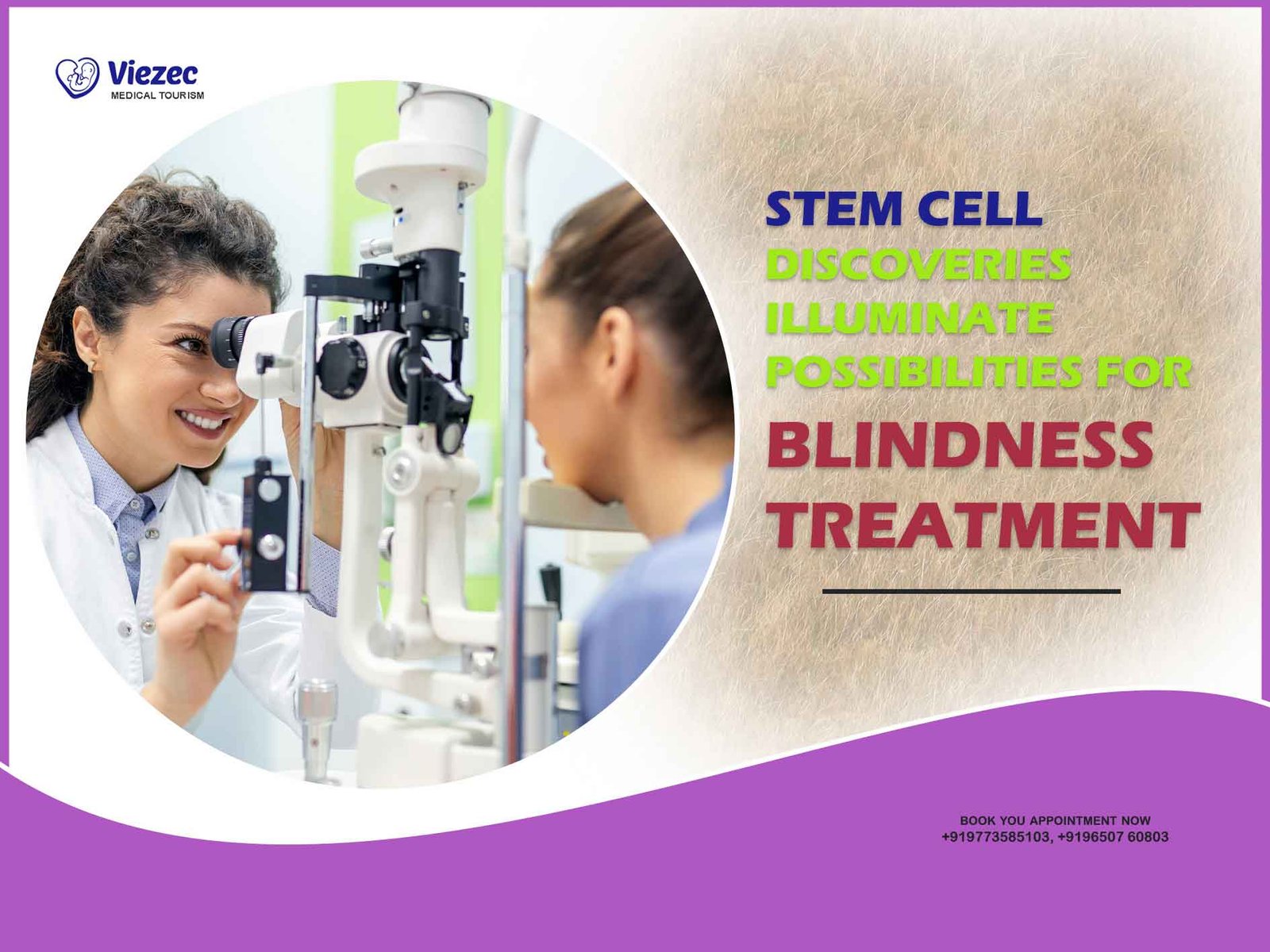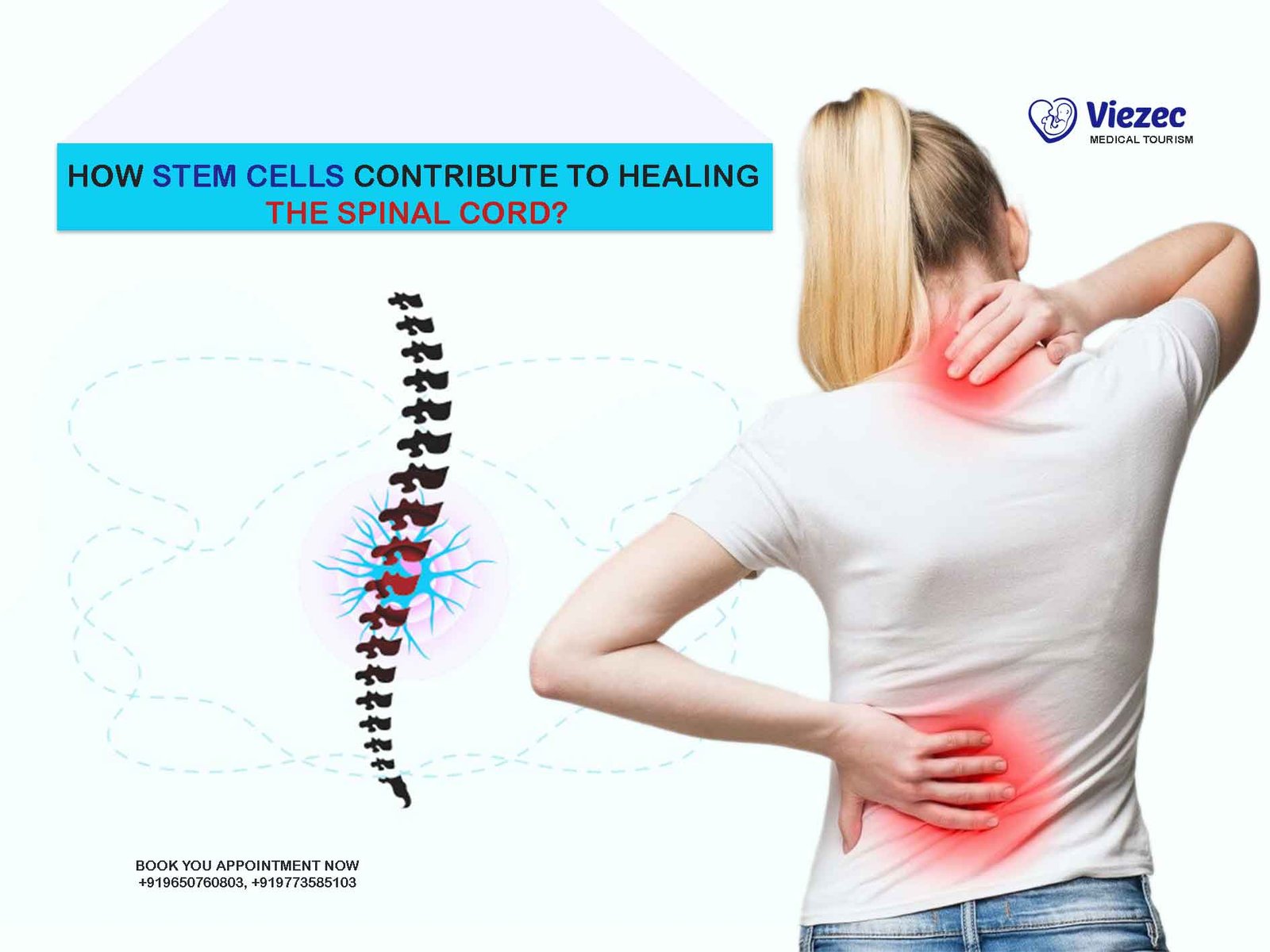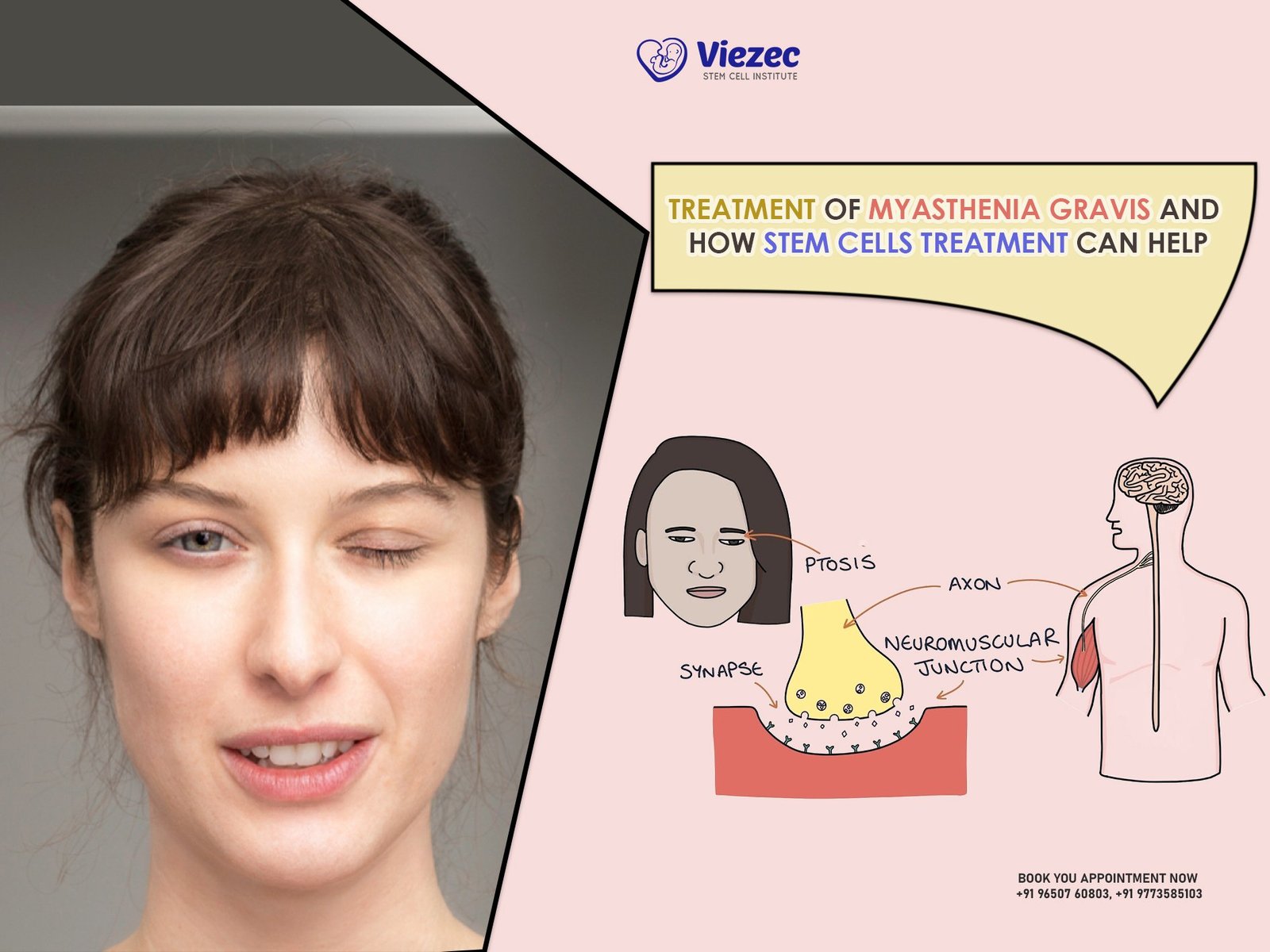Blindness, a condition characterized by the loss of vision, has long been considered irreversible. However, recent breakthroughs in stem cell research have shed light on potential treatments that could restore sight to those affected by various forms of blindness. Stem cells, with their unique ability to differentiate into different cell types, offer promising avenues for regenerative medicine. Here, we delve into the recent discoveries in stem cell therapy and their implications for treating blindness.
Understanding Blindness
Before exploring the advancements in stem cell therapy, it’s crucial to understand the different causes and types of blindness. Blindness can result from a variety of factors, including genetic disorders, injury, infection, or degenerative diseases. Some of the most common causes include age-related macular degeneration (AMD), diabetic retinopathy, glaucoma, and retinitis pigmentosa.
Age-Related Macular Degeneration (AMD)
AMD is a leading cause of blindness among older adults. It primarily affects the macula, the central part of the retina responsible for sharp, central vision. As the disease progresses, individuals may experience blurred or distorted vision, making it difficult to perform tasks such as reading or driving.
Diabetic Retinopathy
Diabetic retinopathy is a complication of diabetes that affects the blood vessels in the retina. Elevated blood sugar levels can damage the tiny blood vessels, leading to leakage or abnormal growth. In advanced stages, diabetic retinopathy can cause vision loss or blindness.
Glaucoma
Glaucoma is a group of eye conditions that damage the optic nerve, often due to increased pressure within the eye. This damage can result in peripheral vision loss, which may progress to complete blindness if left untreated.
Retinitis Pigmentosa
Retinitis pigmentosa is a genetic disorder characterized by the progressive degeneration of photoreceptor cells in the retina. It typically manifests as night blindness and tunnel vision, eventually leading to complete blindness in severe cases.
Promise of Stem Cell Therapy
Stem cell therapy holds immense promise for treating blindness by replacing damaged or dysfunctional cells in the eye. Stem cells have the unique ability to differentiate into various cell types, including those found in the retina. Researchers have been exploring different sources of stem cells, including embryonic stem cells, induced pluripotent stem cells (iPSCs), and adult stem cells, for their potential in regenerating retinal tissue.
Embryonic Stem Cells
Embryonic stem cells are derived from the inner cell mass of early-stage embryos and have the ability to differentiate into any cell type in the body. While their pluripotent nature makes them valuable for regenerative medicine, their use is ethically controversial due to the destruction of embryos during the extraction process.
Induced Pluripotent Stem Cells (iPSCs)
Induced pluripotent stem cells are generated by reprogramming adult cells, such as skin cells, to revert to a pluripotent state similar to embryonic stem cells. iPSCs offer a promising alternative to embryonic stem cells without the ethical concerns associated with embryo destruction. Researchers can derive iPSCs from patients’ own cells, reducing the risk of immune rejection when used for transplantation.
Adult Stem Cells
Adult stem cells are found in various tissues throughout the body and play a role in tissue regeneration and repair. While adult stem cells are more limited in their differentiation potential compared to embryonic and induced pluripotent stem cells, they still hold therapeutic potential for treating certain types of blindness.
Recent Breakthroughs in Stem Cell Therapy
In recent years, significant progress has been made in the field of stem cell therapy for treating blindness. Researchers have reported successful transplantation of stem cell-derived retinal cells in preclinical studies and early-stage clinical trials, offering hope for patients with degenerative retinal diseases.
Retinal Pigment Epithelial (RPE) Cells
One of the primary targets for stem cell therapy in retinal diseases is the retinal pigment epithelium (RPE), a layer of cells essential for supporting and nourishing the photoreceptor cells in the retina. Dysfunction of RPE cells is implicated in conditions such as AMD and Stargardt disease. Researchers have successfully differentiated both embryonic stem cells and induced pluripotent stem cells into functional RPE cells in vitro.
Photoreceptor Cells
Photoreceptor cells, including rods and cones, are responsible for detecting light and transmitting visual information to the brain. Degeneration of photoreceptor cells is a hallmark of retinal diseases like retinitis pigmentosa. Recent studies have demonstrated the successful generation of photoreceptor precursor cells from stem cells and their integration into the retina of animal models, restoring visual function.
Stem Cell-Derived Retinal Organoids
Retinal organoids, three-dimensional structures derived from stem cells, mimic the architecture and functionality of the human retina more closely than traditional two-dimensional cell cultures. These miniature retinas provide a valuable model for studying retinal development and disease progression. Researchers have used retinal organoids to investigate the underlying mechanisms of retinal diseases and screen potential drug candidates for therapeutic interventions.
Immune Rejection
One challenge associated with stem cell transplantation is the risk of immune rejection, particularly when using cells derived from an allogeneic source. Strategies to minimize immune rejection include immunosuppressive drugs and the use of patient-specific iPSCs to generate autologous cell therapies.
Integration and Functionality
Ensuring the integration and functionality of transplanted cells within the existing retinal tissue is critical for restoring vision. Researchers are exploring various approaches, such as scaffold-based delivery systems and cell replacement strategies, to enhance cell survival, integration, and functionality in the host retina.
Ethical and Regulatory Considerations
Ethical considerations surrounding the use of embryonic stem cells and the regulation of stem cell-based therapies remain important topics of discussion. Striking a balance between scientific advancement and ethical guidelines is essential for the responsible translation of stem cell research into clinical applications.
Personalized Medicine
Advancements in personalized medicine, including the use of patient-specific iPSCs, offer customized treatment approaches tailored to individual genetic profiles and disease characteristics. Personalized stem cell therapies hold the promise of improved outcomes and reduced risks of immune rejection.
Combination Therapies
Combining stem cell therapy with other treatment modalities, such as gene therapy or pharmacological interventions, may enhance therapeutic outcomes and address the multifactorial nature of retinal diseases. Synergistic approaches that target different aspects of disease pathology could lead to more effective treatments for blindness.
Regenerative Medicine Strategies
In addition to cell replacement therapies, regenerative medicine strategies aimed at stimulating endogenous repair processes in the retina are under investigation. Manipulating signaling pathways involved in tissue regeneration and neuroprotection may offer alternative approaches for preserving or restoring vision in patients with retinal diseases.
Stem cell have opened up new possibilities for the treatment of blindness, offering hope to millions of individuals affected by retinal diseases worldwide. While challenges remain, ongoing research efforts continue to advance the field towards safe and effective stem cell-based therapies. By harnessing the regenerative potential of stem cells, researchers are inching closer to realizing the dream of restoring sight and improving the quality of life for those living with blindness.









